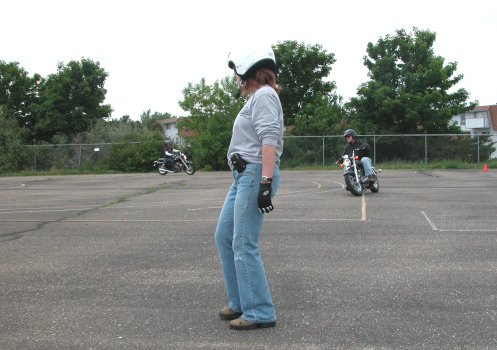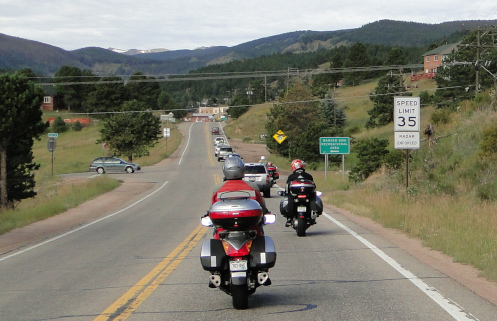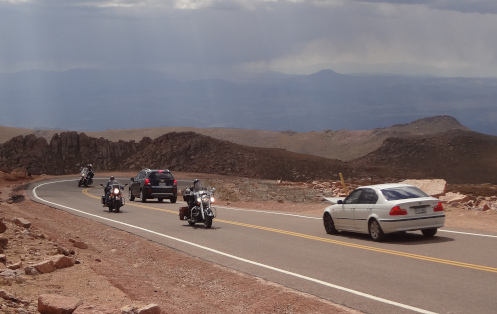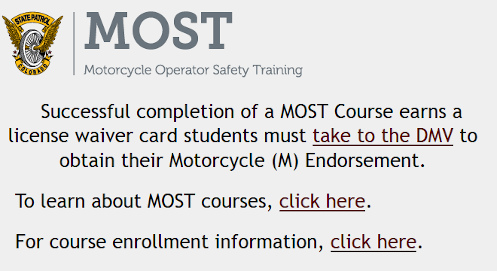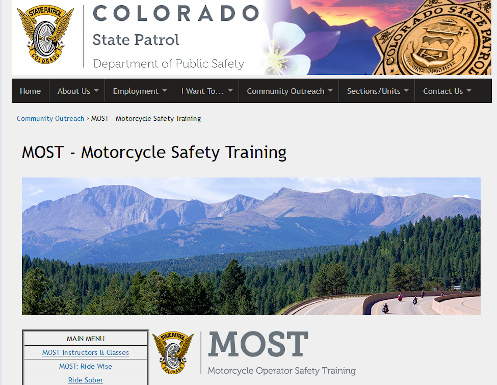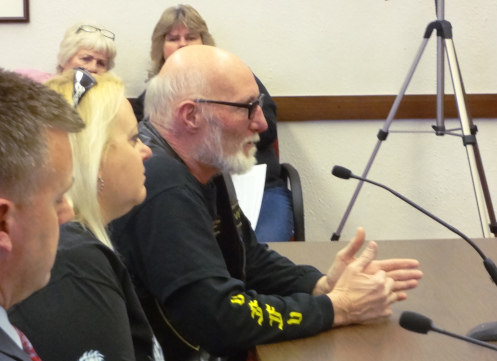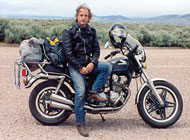Teach Others To Ride?
Thursday, March 25th, 2021It is officially spring and riding weather is upon us, at least on some days. So, maybe you’ve been riding for a long time and you really can’t understand why more people don’t do this. Whatever the reason for that, there are always some people who do want to ride, and we can help them by teaching them how to ride motorcycles intelligently. And make some extra cash in the process. Anybody want to become a rider instructor?
Colorado’s Motorcycle Operator Safety Training (MOST) program sent around a periodic notice recently looking for rider instructors. Here’s your chance.
Let me tell you a little about the training program. I took the course several years ago and back then I had to pay $450 for it. Nowadays MOST pays for it, if that hasn’t changed without my knowledge.
We took several days of classroom learning and also went out on the course, working through the program on each other. Then for the finale we took a real class through the paces.
Let me tell you, this was no breeze. I knocked myself out and barely passed. I was so discouraged by the whole thing that I chose not to pursue actually working as a rider instructor. But that was me. Your mileage may vary–I just wanted to warn you that this is a serious training program.
But if you pass and you do go on to teach there are substantial rewards. For one thing, from what I understand, the pay is pretty nice. You can make a couple hundred dollars in a weekend and you can generally work as much as you like, so it can add up to real cash.
More importantly, you get the joy of seeing others get it, and get enthused. And sending them off on their riding careers knowing they are prepared to be competent, safe riders. That was really what I wanted to do, why I wanted to be an instructor, and it was the big disappointment when I concluded I was not cut out for it.
Anyway, just putting the idea out there. Maybe it’s just what you were looking for.
Biker Quote for Today
I didn’t fall off the back of anyone’s bike–I ride my own.
